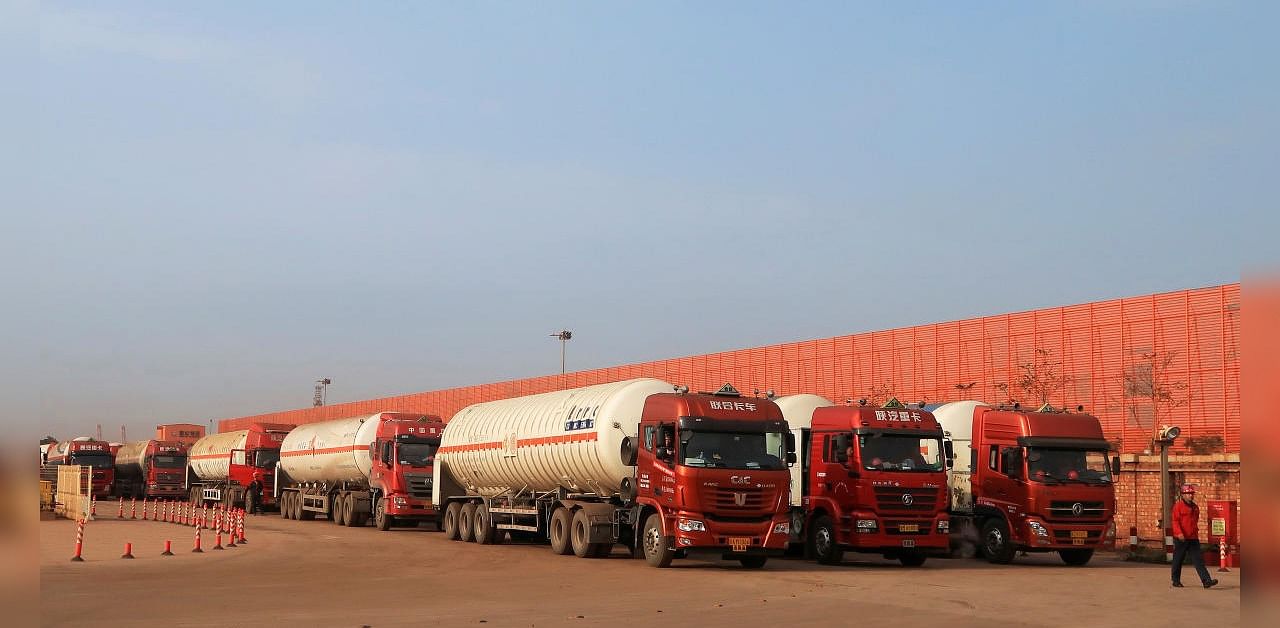
Oil prices rose on Monday as China's plans to ship in large volumes of US crude in August and September outweighed concerns over a slowdown in demand recovery after the coronavirus pandemic and an uptick in supplies.
Brent crude added 30 cents, or 0.7 per cent, to $45.10 a barrel by 0410 GMT, while US West Texas Intermediate crude was up 34 cents, or 0.8 per cent, to $42.35 a barrel.
Chinese state-owned oil firms have tentatively booked tankers to transport at least 20 million barrels of US crude for August and September, Reuters reported on Friday, as China ramped up energy and farm purchases ahead of a review of the Sino-US trade deal.
Record crude imports from the world's top importer and the easing of Covid-19 restrictions globally have supported oil prices, although new waves of coronavirus outbreaks in several countries are expected to cool consumption again.
"Oil demand data was largely positive last week, with the US implied gasoline demand rising to just 3.5 per cent away from pre-coronavirus levels and China's processed crude oil figure in July at a record high," said Howie Lee, an economist at Singapore's OCBC bank.
ANZ estimated that demand has risen eight million barrels per day (bpd) over the past four months to 88 million bpd - still 13 million bpd below this time last year.
Investors are looking for more clues on future supply from a meeting this week of a panel representing ministers of the Organization of the Petroleum Exporting Countries (OPEC) and its allies, known as OPEC+. The meeting of the panel has been pushed back to August 19, a day later than previously planned.
The panel, called the Joint Ministerial Monitoring Committee (JMMC), monitors OPEC+ production curbs agreed earlier this year. Last month the JMMC recommended that cuts be eased from August 1 to about 7.7 million barrels per day (bpd) from a reduction of 9.7 million bpd since May, in line with an earlier OPEC+ agreement.
"The attention would likely be once again on quota compliance," OCBC's Lee said.
In the United States, meanwhile, the number of oil and natural gas rigs operating last week remained anchored at a record low for the 15th week, even as higher oil prices prompt some producers to start drilling again.